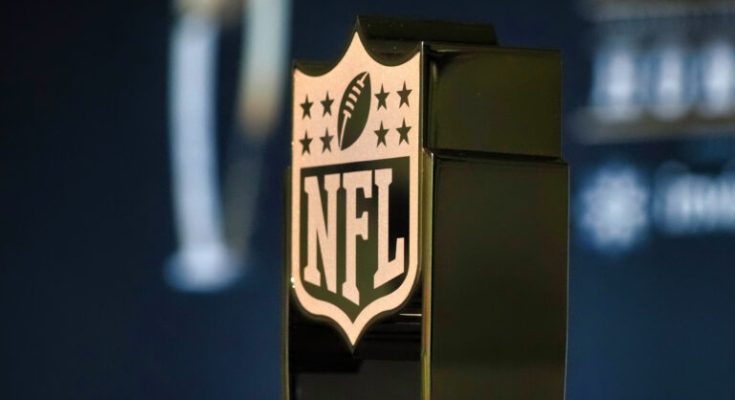Ever watched an NFL game and found yourself wondering, Wait, why did the clock stop that time, but not the last time someone went out of bounds? You’re not alone. It’s one of those quirky rules that can be confusing if you don’t know the details.
But don’t worry, we’ve got you covered. There’s a clear method behind the madness, and once you understand the rules, it all makes sense. Let’s break it down.
When Does The Game Clock Stop?
The game clock stops when a ball carrier goes out of bounds in three specific situations in the NFL:
- After a change of possession – If a team gains possession through a turnover, punt, or kickoff and the ball carrier runs out of bounds, the clock stops.
- After the two-minute warning in the first half – Inside the final two minutes of the first half, the clock stops whenever a player carrying the ball steps out of bounds.
- Inside the last five minutes of the second half – In the final five minutes of the fourth quarter, the clock stops anytime a runner goes out of bounds.
The Key Exception
There is one critical exception to the rule. Even inside the last two minutes of the first half or the final five minutes of the game, the clock keeps running if a ball carrier goes out of bounds backward after being contacted by a defender.A notable instance of this happened during the 2023 NFL Playoffs. Dallas Cowboys tight end Dalton Schultz stepped out of bounds after being hit by a San Francisco 49ers defender while moving backward. Because of this, the clock continued to run, costing the Cowboys valuable time in their attempt to tie the game.FOX analyst Greg Olsen explained the rule to viewers: “When you go out of bounds, you have to be going forwards if you are contacted by the defender… You’ve gotta turn up and be physical into contact and get that official to stop the clock.”
What Happens In All Other Situations?
At any other time in the game, when a runner steps out of bounds, the clock stops only long enough for NFL officials to spot the ball. Once they place the ball and signal, the clock starts running again.
Additionally, the clock stops for:
- Injuries
- Penalties
- Official reviews
- Timeouts (team or official)
Has This Always Been The Rule In The NFL?
No, the NFL changed the rule after the 1990 season. Before then, the clock would stop every time a player went out of bounds. The league made this change to speed up the game. That same year, the NFL also reduced halftime from 15 minutes to 12 minutes.
Following the 1990 season, the league even considered starting the clock after incomplete passes, but the competition committee decided against it.
College Football Follows A Similar Rule
In 2008, college football adopted a similar rule where the clock restarts once the ball is spotted after a runner goes out of bounds, except in the final two minutes of each half.
The next time you’re watching a game and see a player go out of bounds, you’ll know exactly why the clock stopped—or why it kept running. Understanding these rules adds another layer to appreciate the strategy behind game management in the NFL.



